As a new start up founder, there is one thing you need to understand; social media is a key way to increase brand awareness. But what happens when you just keep posting and hardly get any likes? What do you do in such a situation?
Everyone wants to create a viral post, but making content spread is more science than luck. Let’s be honest—most content gets ignored. It sits quietly on the internet, maybe gets a polite like or two, and then disappears into the abyss. But every once in a while, someone hits gold. The post goes viral. Engagement soars. Shares snowball. DMs flood in. You know the vibe.
But what makes a viral post go viral?
For someone who has a tight marketing budget, going viral can be the difference between obscurity and overnight momentum. At Bumppd, we’ve studied (and engineered) our fair share of viral moments. This article breaks down the real, data-backed anatomy of a viral post—no fluff, no generic advice.
Virality Is a Strategy, Not a Fluke
It is an absolute myth that people/ posts go viral with pure luck. Sure, timing plays a role. But it isn’t entirely that. For a post to go viral, a perfect balance of viewer psychology understanding, storytelling and accurate distribution is required. It is like a science experiment, the right ingredients are required to spark the reaction.
We like to break it down into four core layers: Hook, Emotion, Utility, and Shareability. Let’s dive in.
1. The Hook: Your Scroll-Stopping Superpower
Social Media users scroll faster than they think, so what will make them stop and engage with your post? Your hook does that, it is like your handshake. Your social media strategy has to be impactful. It’s the first line, the thumbnail, the headline—the thing that decides whether someone stops or keeps scrolling.
And we mean it: research shows you have less than 3 seconds to grab attention.
So what works?
- Open loops (“You won’t believe what happened when…”)
- Contradictions (“We grew 10x without spending on ads.”)
- Numbers (“5 lessons from scaling to $1M ARR”)
- Relatable pain (“Why your startup marketing isn’t landing”)

Real-life example:
One of our B2B founder clients went viral on LinkedIn with a single sentence:
“We got 700 sign ups in 2 days—without a product.”
Why it worked: Curiosity. It begs a follow-up. People wanted to know how, and the rest of the post delivered.
Bumppd Tip: Write 10 versions of your hook before posting. The first 3 are always the most boring.
2. Emotion: Make Them Feel Something
One thing that you need to understand is that virality is not logical. It is emotional. If your content does not make people feel anything it will not work. On the contrary, if your content triggers anything—laughter, outrage, nostalgia, admiration—it’s instantly more shareable.
People don’t forward “useful tips” to their group chat. They forward stuff that hits them in the gut.
In fact, Harvard research shows emotional content is 2x more likely to be shared, with high-arousal emotions (like awe, surprise, anger). This surely outperforms neutral or mildly positive tones.
Some winning emotional levers:
- Awe (“This 14-year-old built an app that detects wildfires.”)
- Fear or FOMO (“90% of startups mess this up. Are you one of them?”)
- Inspiration (“She built a 6-figure business from her college dorm.”)
- Humor (“Day 56 of being a founder: my ad budget is now iced coffee.”)
Real-life example:
When the startup Notion tweeted a short, wholesome user story about how a mother used their tool to plan her son’s special-needs homeschooling curriculum, it went wildly viral. Not because it was salesy. Because it was moving.
Bumppd Tip: Before you hit post, ask: “What will someone feel after seeing this?”
3. Utility: Teach Something, Quickly
Value still is the key. If people walk away from your post thinking, “Damn, I needed that,” they’ll like, save, and reshare it.
But one thing is important that your content needs to be valuable yet not preachy until you are actually the preacher.Nobody wants to read an MBA textbook on Instagram( especially after coming back home from a job that probably required them to read that).
Your goal should be to break it down and make it snappy. You should use visuals, metaphors, or a “tell them what no one else is telling them” angle.
Frameworks. Checklists. One-liners that feel like cheat codes.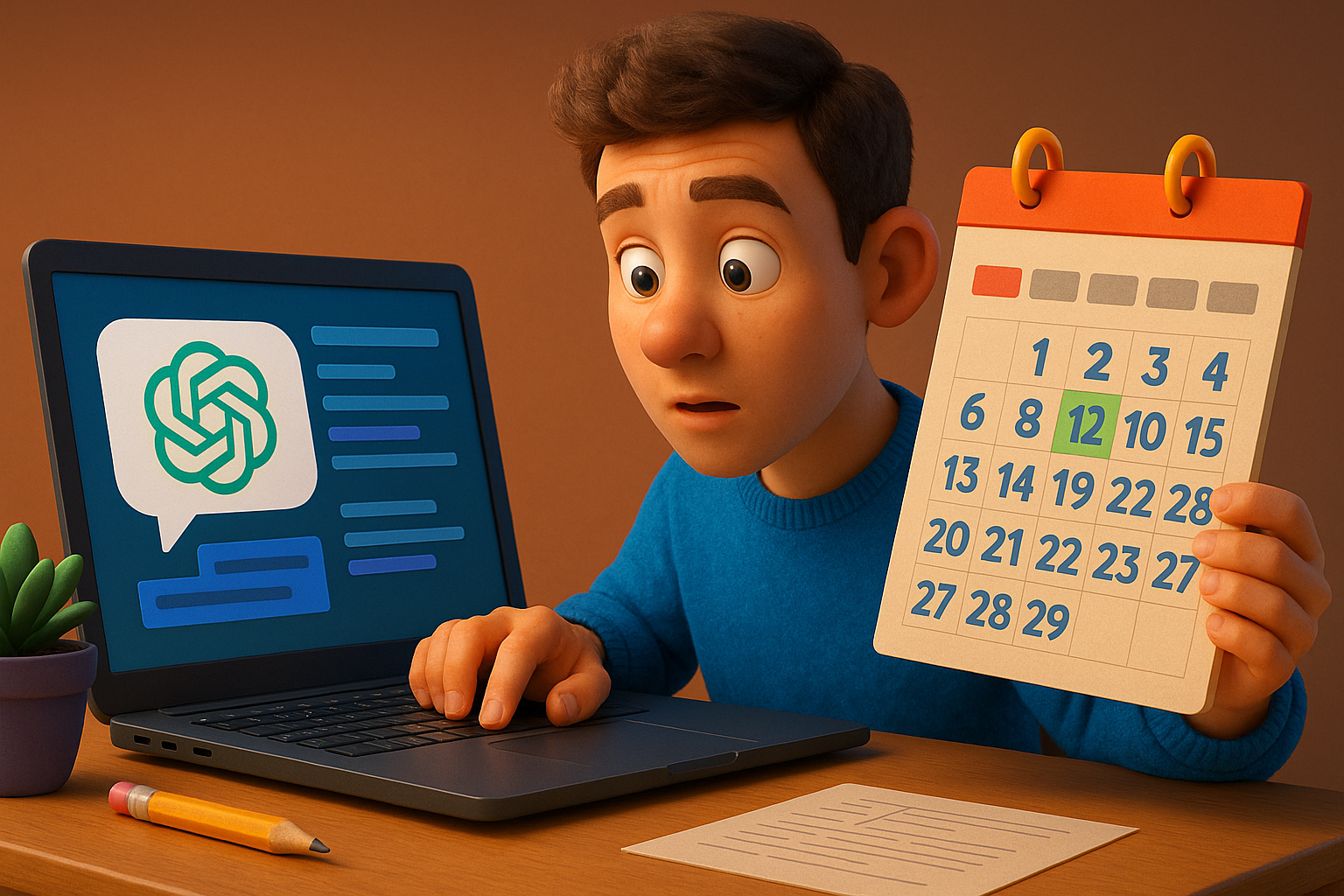
Real-life example:
We helped a solopreneur founder share a Twitter thread titled:
“How I used ChatGPT to plan 30 days of content in 15 minutes.”
The thread included screenshots, tips, and even a template. It racked up over 250K views and 10K new profile visits in two days. Why? It solved a very specific, very common pain point—and it felt actionable.
Bumppd Tip: Think of every post like a mini freebie. What golden nugget can your audience use right now?
4. Shareability: The Social Currency Layer
People share stuff that resonates witn them. The kind of content that makes them look mart, funny, in-the-know, or emotionally tuned-in. That’s the game. Your job is to hand them content that makes them look good by association.
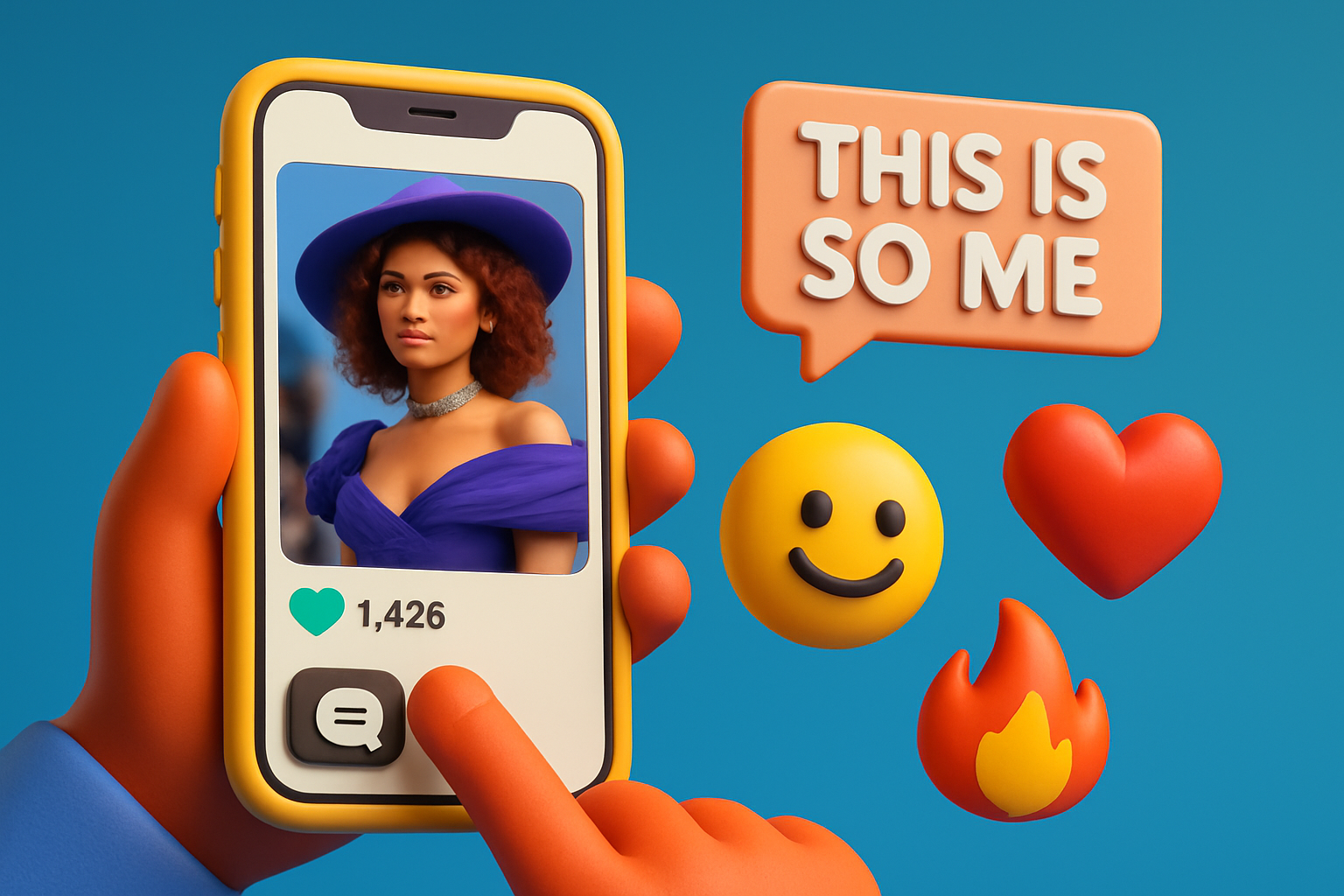
You can boost shareability by:
- Tapping into trends or pop culture
- Using relatable language or memes
- Framing ideas so people can say, “This is so me/us.”
- Including calls-to-action like “Tag a co-founder who needs this.”
Real-life example:
One of our clients in the fragrance industry used a trending moment—the Met Gala—and paired it with perfume archetypes. “If Zendaya’s Met Gala look was a fragrance…” That one carousel post? 38K saves and 1,400 shares. Because it was fun, smart, and people wanted to send it to friends.
Bumppd Tip: Ask yourself: “Would I send this to my group chat?”
Bonus Layer: Timing + Format
Two technicalities that matter are timing and format. Don’t sleep on timing and formatting—they matter more than you think.
What we’ve seen work:
- Short-form for speed (X/Twitter, LinkedIn)
- Carousels for storytelling (Instagram)
- Threads for frameworks (X)
- Reels with text overlays (Instagram/TikTok)
Timing-wise, don’t obsess over perfection but avoid posting when your audience is asleep. Test different times and analyze when your best posts perform. Consistency helps, but momentum compounds.
When It Doesn’t Work (And What to Do About It)
You create bomb content and sometimes it does not work. It happens. Maybe it was the algorithm, maybe the hook missed. or Maybe it just wasn’t the right time. The key is not to see it as a failure but as a data point. Every post is a chance to learn what resonates. If something underperforms, don’t scrap it, revise it. You could rewrite the hook or try posting it later or experiment with a different format, like turning a tweet into a carousel or a short video.
You could also strengthen your call to action (“Tag a founder who needs this!”), and take a step back to assess whether the post sparked any real emotion or simply blended in. Here is one more important thing, if your content consistently isn’t hitting, your positioning probably isn’t either. You need to get radically clear on your brand voice and who exactly you’re speaking to. That clarity changes everything.
The Bumppd Formula for Viral Post Potential
Here’s a simplified framework we use internally with clients:
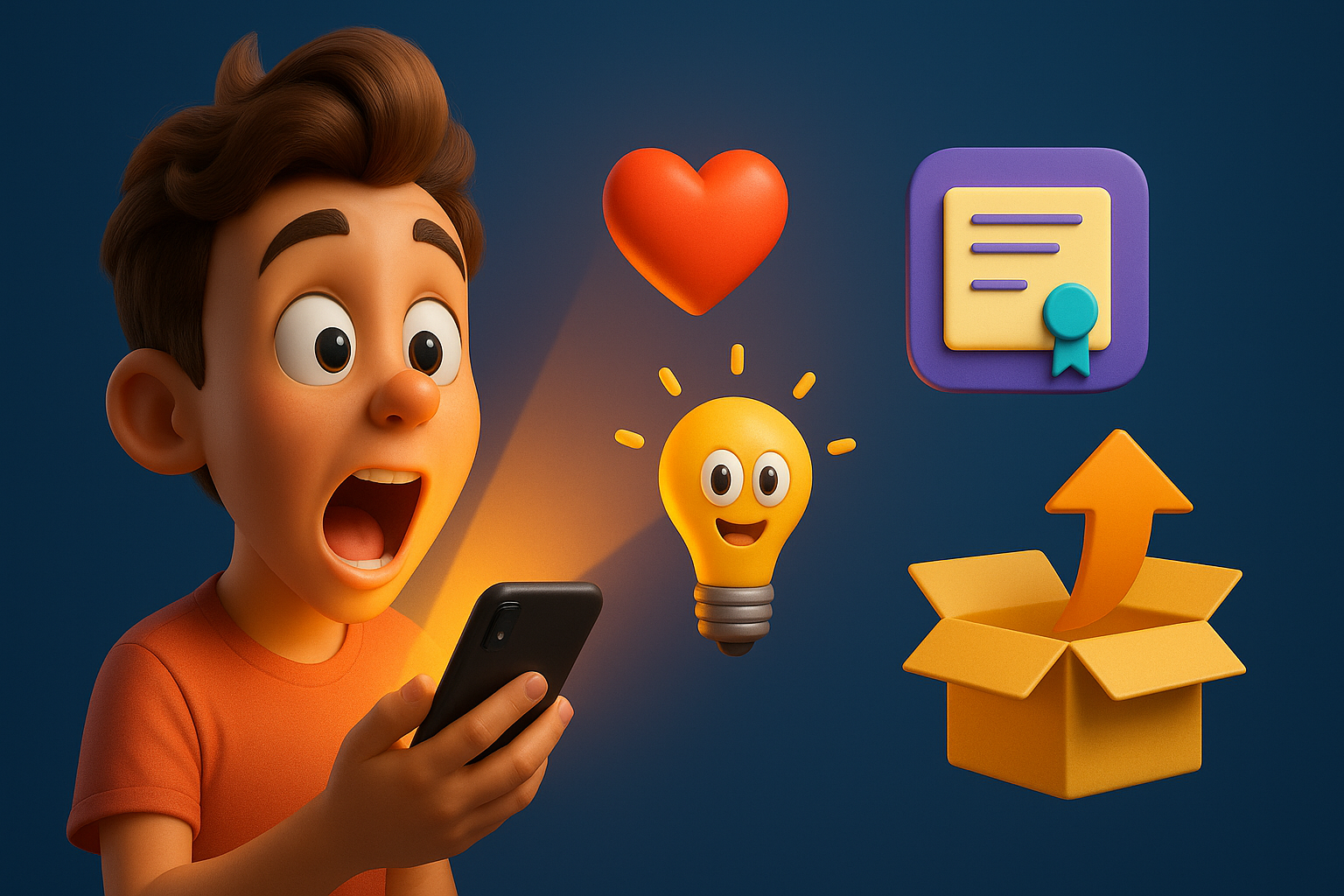
V = (Hook + Emotion + Utility) x Shareability
This means even if your content is valuable, it won’t spread without emotion or a compelling reason to share. And vice versa. You need all the parts working in harmony.
Want it even simpler?
- Start with a scroll-stopping hook.
- Make them feel something.
- Teach them something useful.
- Package it so they want to pass it on.
When you combine this with a consistent brand voice and intentional audience targeting, the results are magical.
Final Thoughts: Virality Is Momentum, Not Magic
You don’t need to go viral every time. You need to show up consistently, post smart, and stack small wins. A few 1,000-like posts will do more for your brand than chasing one-hit-wonder content all year.
And when you finally do strike virality? Ride the wave. Reshare it. Turn the comments into content. Build on the idea. Because virality isn’t the end goal, it’s always the ignition point.
At Bumppd, we help startups and solo founders create content engines that actually convert. We are consistently using a blend of story, data, and growth psychology. We don’t just chase trends. We build brand magnetism.
If you’re tired of posting into the void, let’s talk.
Frequently Asked Questions
1. How long does it usually take for a viral post to go viral?
Virality isn’t always instant. While some posts blow up in hours, others gain traction over days or even weeks. This happens especially with reposting and engagement. You need to focus less on speed and more on consistently posting content that hooks attention and delivers value.
2. What’s the best platform for going viral as a startup?
It depends on your audience. For B2B, to grow on LinkedIn and X (formerly Twitter) are easy. For DTC or visually-driven brands, Instagram and TikTok dominate. Test content marketing across platforms and double down where you see traction.
3. Do I need to use trending audio or memes to go viral?
Not necessarily. Trends help, but original content with a strong emotional hook and clear value often performs better long-term. Memes and trending formats should support your message—not replace it.
4. What if my niche is “boring”? Can I still go viral?
Absolutely. “Boring” niches go viral when they’re made relatable with good visuals that spark emotions. Break down complex ideas in simple language, tell human-centered stories, and focus on problems your audience deeply cares about.
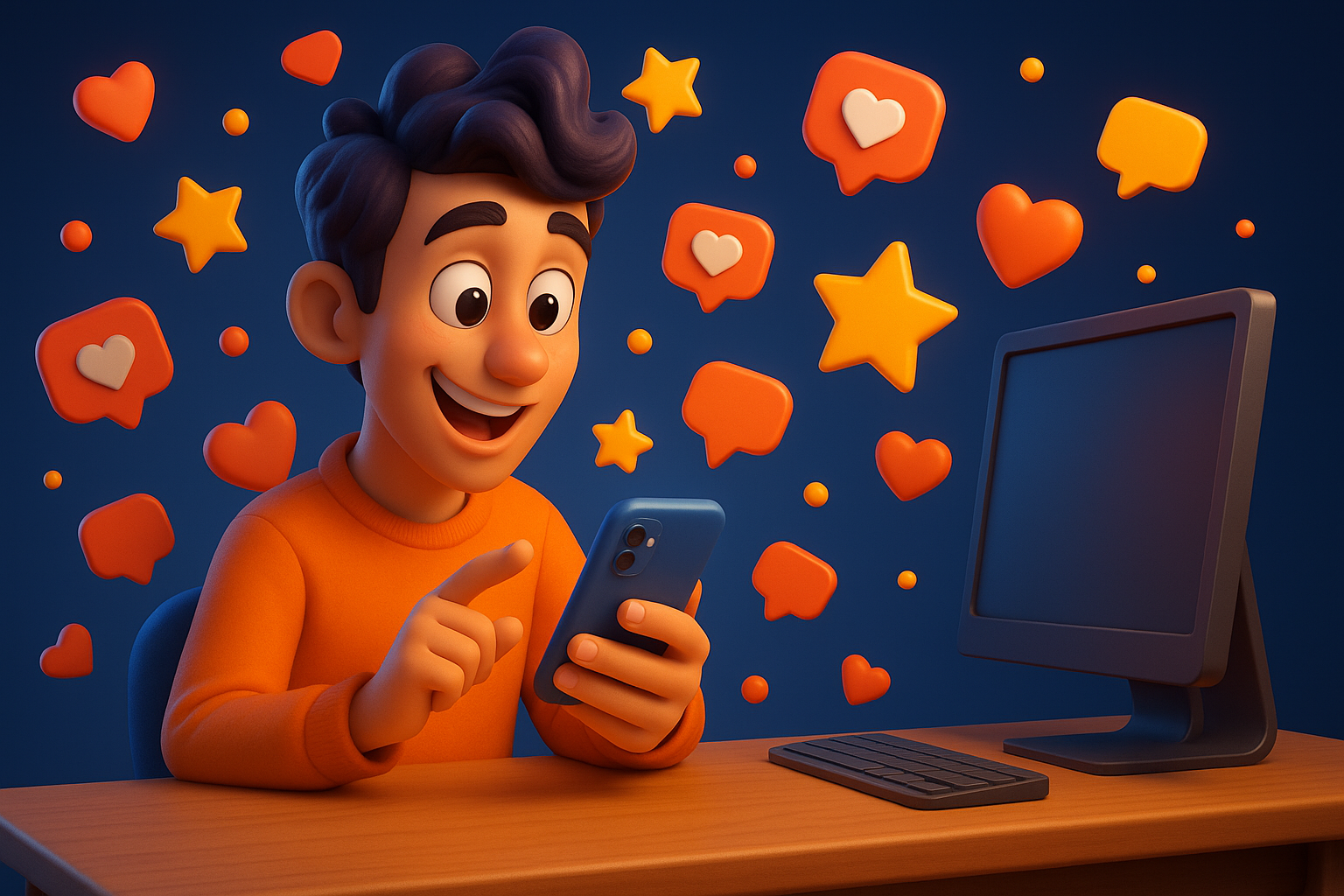
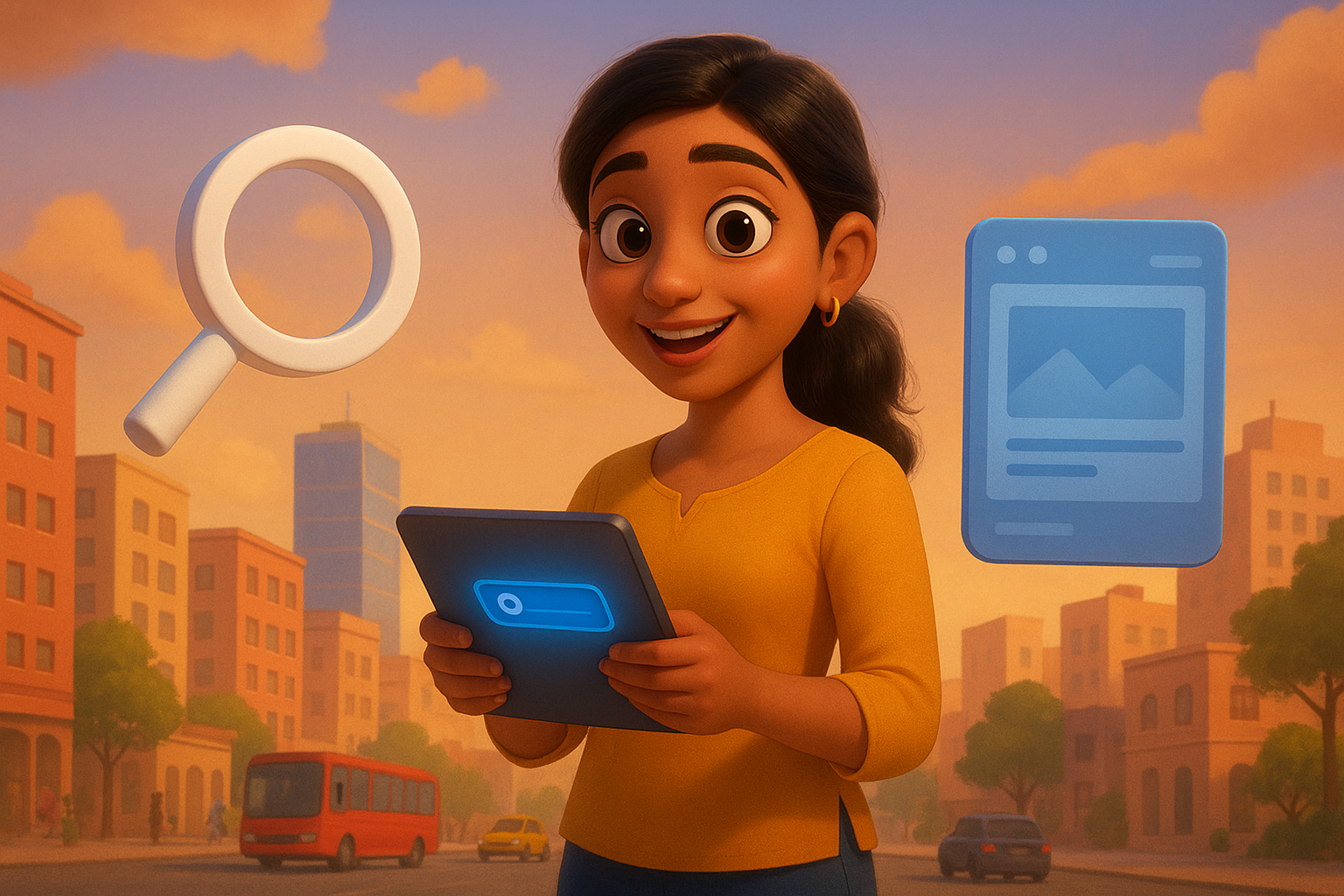
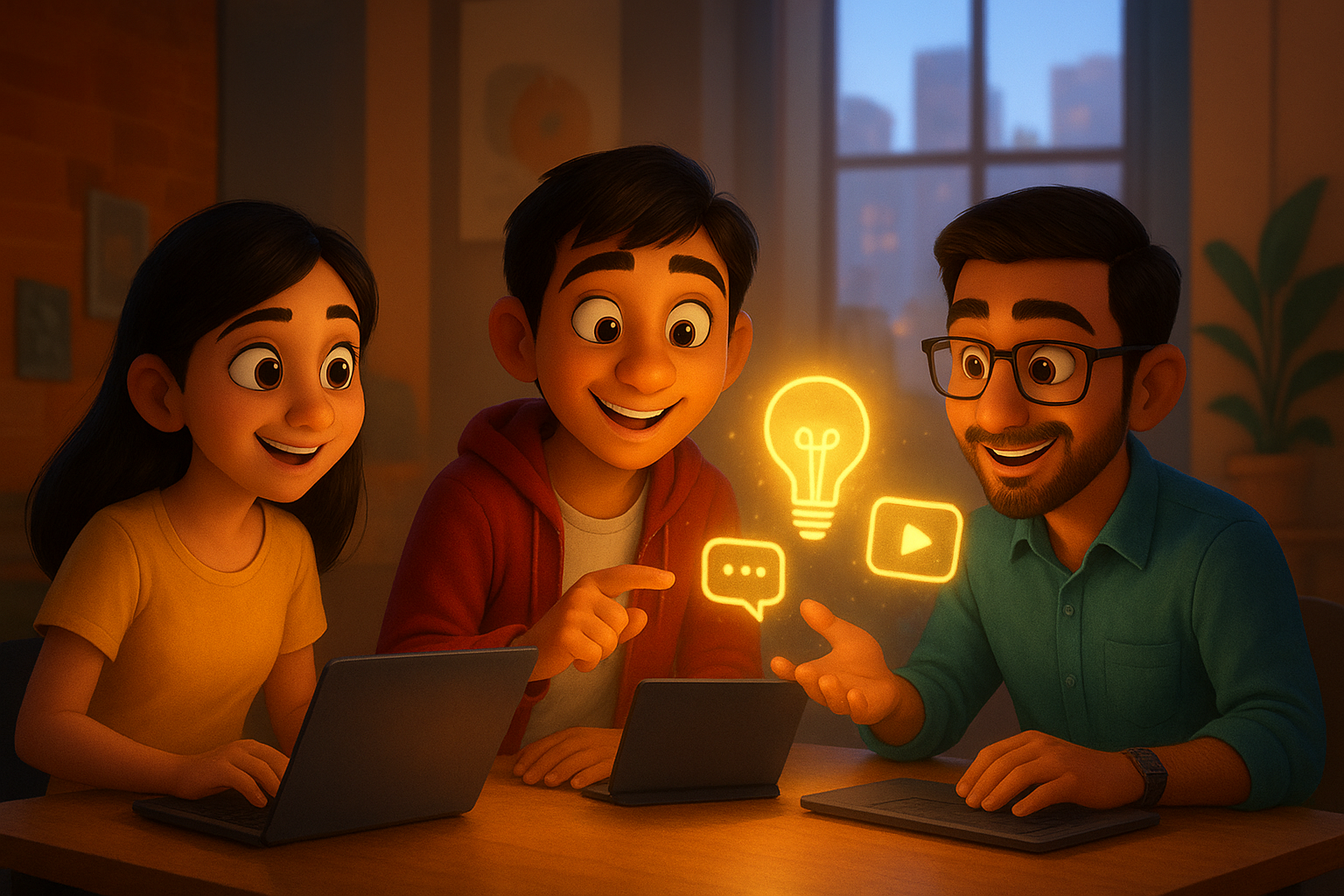

 +1-4159652566
+1-4159652566
 +91-8418866099
+91-8418866099
